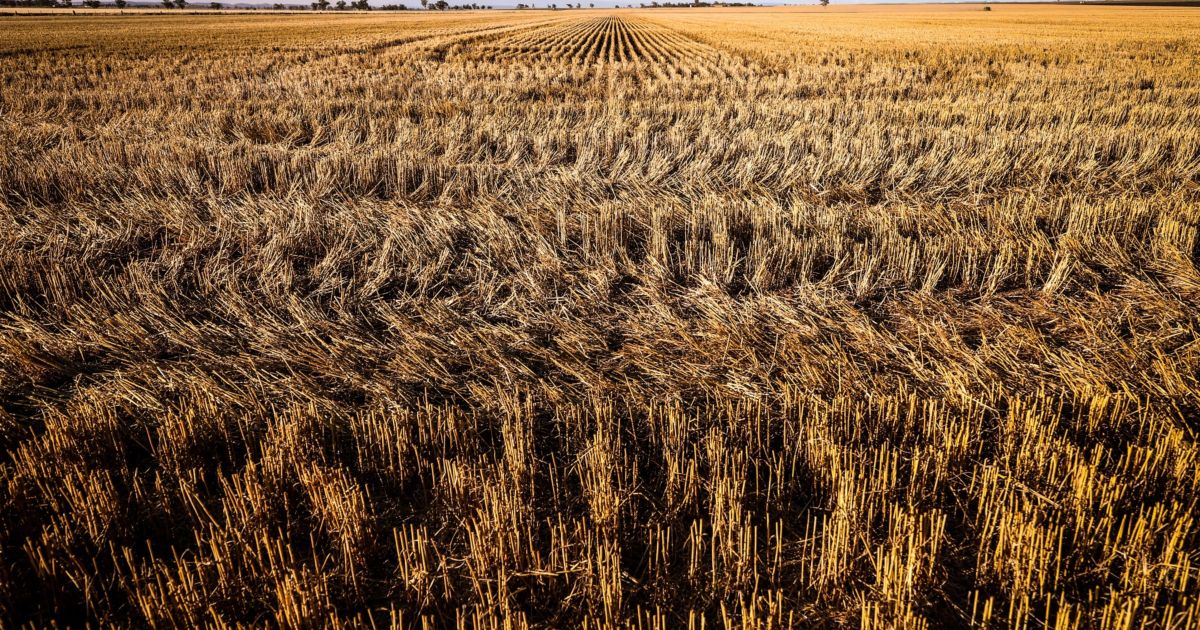



Article by: Hari Yellina (Orchard Tech)
Agriculture has been of utmost importance in the overall development of Australia. In the olden days, the nation placed its dominance on wheat and sheep. Even though this still continues to this day, a whole lot of other crops have been added, and thus Australian agriculture has been diversified. Historically, agriculture has been as important in the development of Australia, as it was in the United States. Australia’s traditional dominance in wheat and sheep continues into the 21st century.
Recently, Australian agriculture has become increasingly diversified. The considerable expanses of arable land have helping Australia to become a leading world exporter of grains, meats, and wool. Both grains [predominantly wheat and barley] and wool markets around the world are dominated by Australian exports. The market for cattle is more regional but is becoming increasingly important globally, given health concerns about European-produced beef. While only about 6 per cent of Australia is suitable for crops and pasture, a considerable amount [60 per cent] of the land area is suitable for cattle grazing.
Agriculture contributes roughly 3 per cent of the GDP and employs about 4 per cent of the total workforce directly. While the sector’s contribution to the GDP is small, raw and unprocessed agricultural commodities contribute about a quarter of Australia’s total export earnings each year. Australia exports a great deal more agricultural products than it imports. During the 2000s agricultural exports from Australia were estimated at 15.14 billion, in comparison to the 3.11 billion worth of agricultural imports for the same year.
As mentioned above, the main agricultural crops grown in Australia are wheat, coarse grains [barley, oats, sorghum, maize, and triticale], rice, oilseeds [canola, sunflowers, soybeans, and peanuts], grain legumes [lupins and chick peas], sugarcane, cotton, fruits, grapes, tobacco, and vegetables. the main livestock production is in sheep [wool and lamp], beef, pork, poultry, and dairy products. Exports account for over 90 per cent of wool and cotton production, nearly 80 per cent of wheat, over 50 per cent of barley and rice, over 40 per cent of beef and grain legumes, over 30 per cent of dairy products, and nearly 20 per cent of fruit production.
The distribution of agricultural production in Australia is largely determined by the physical environment and climate. The traditional large farm system of wheat and sheep production is spread fairly uniformly between parts of New South Wales, Victoria, South Australia and Western Australia. Queensland, New South Wales, and Victoria produce the majority of beef and NSW has the largest and most numerous poultry farms.